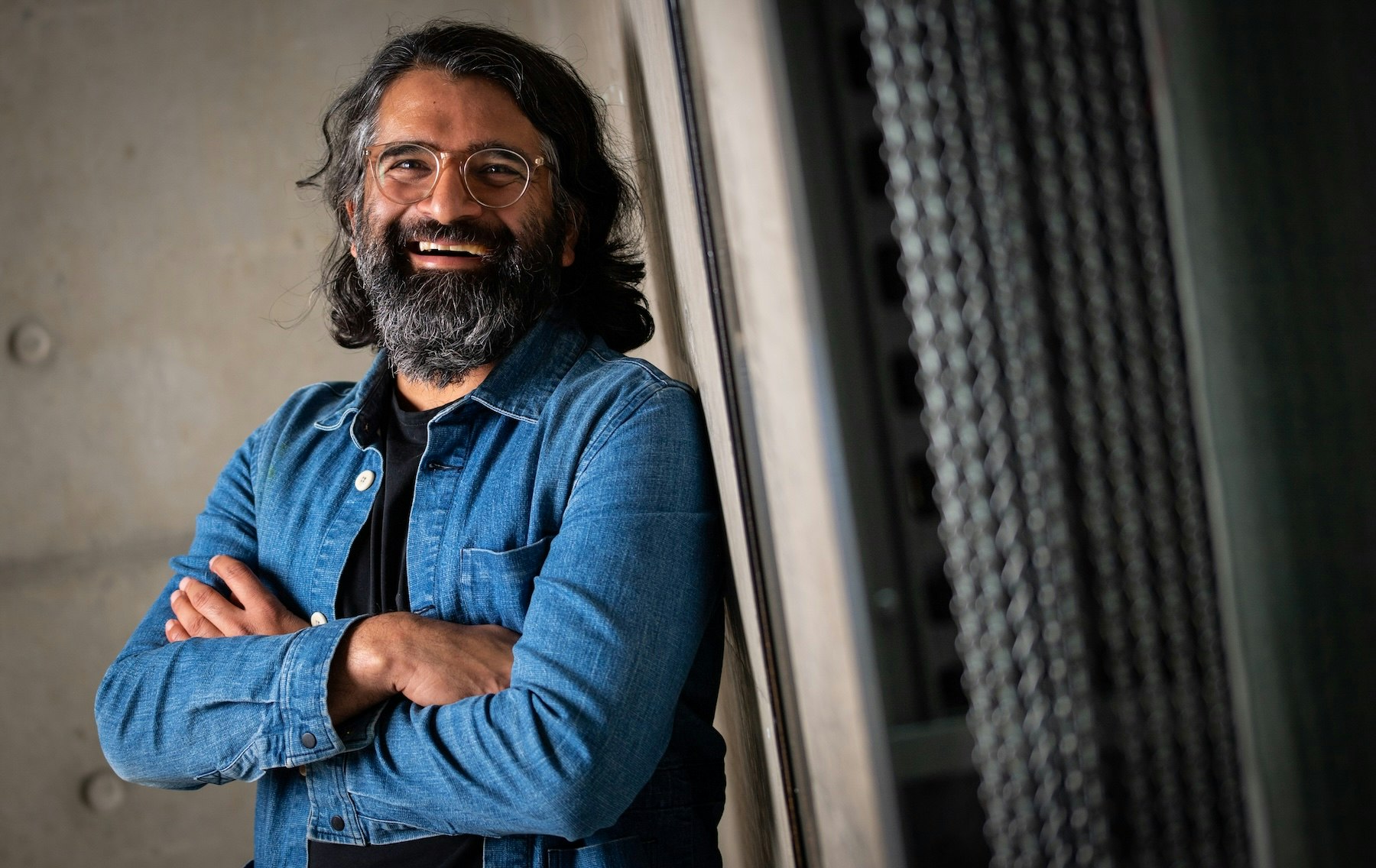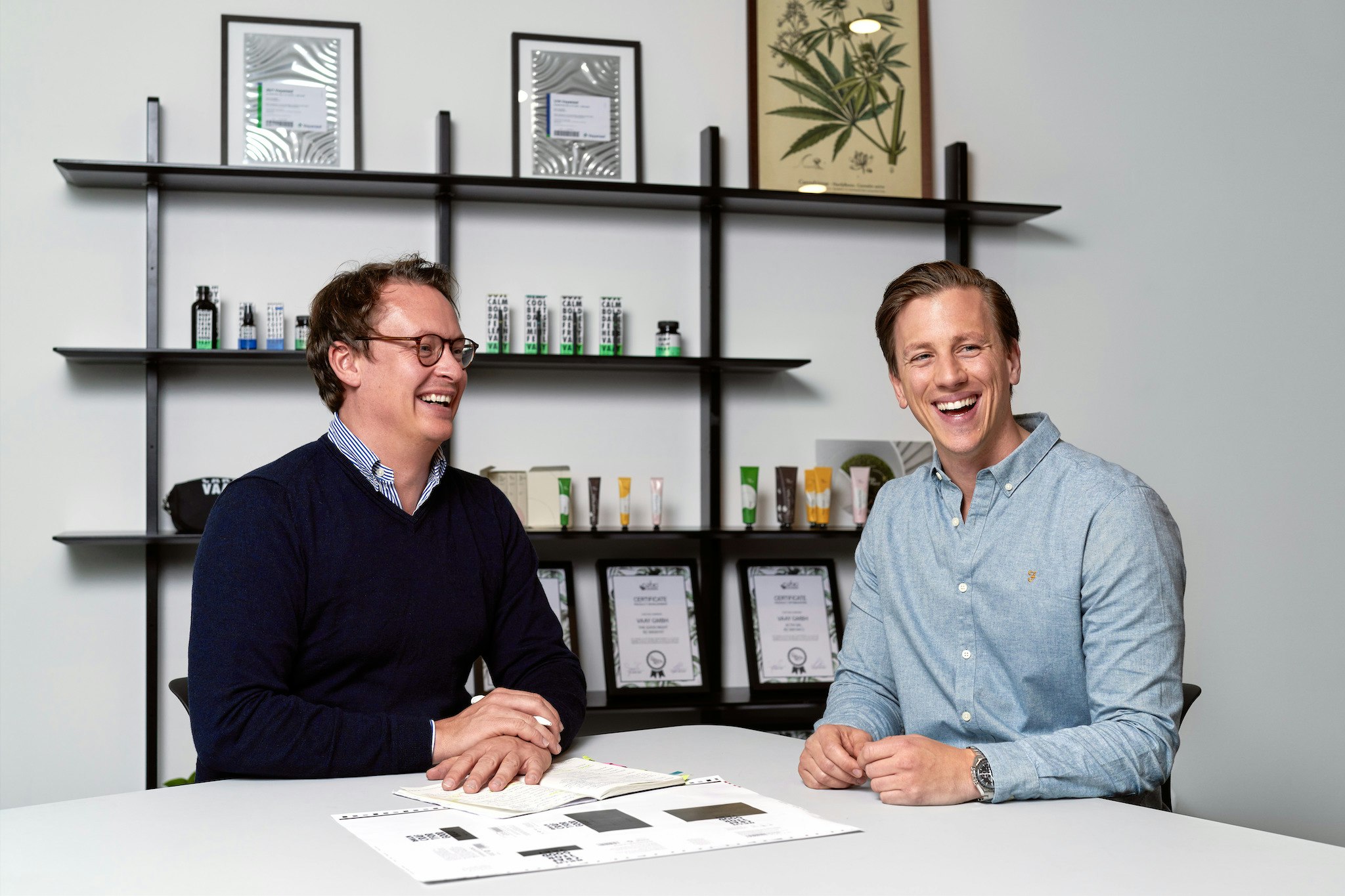Consumer-facing startups have had a tough time recently. VC investment into consumer startups globally was down 97% in 2023 compared to its peak in 2021, and a cost of living crisis and rise in inflation has reduced people’s spending power. Many investors have turned their attention towards B2B business models instead.
Media companies are also struggling: last year, the revenues in the TV production sector in the UK fell by £400m as broadcasters had to cut back on spending.
But one way that major media companies are trying to get around this slump is to diversify revenue streams by dipping their toes in the world of startups and tech — giving consumer startups an alternative to traditional VC: media-for-equity deals.
Media-for-equity deals typically exchange a percentage of equity in a startup for advertising on the media company’s public-facing platforms — and it’s a form of financing that Amelie Bahr, investor at German Media Pool VC (GMPVC), says is increasingly appealing for consumer-facing companies.
“Digital marketing is no longer a silver bullet, particularly for startups that have a broad target group and/or are active in highly competitive advertising environments such as travel, finance or health. […] Thanks to their high reach, offline channels significantly increase the online traffic of startups. This reach is often underestimated,” she says.
So far this year secondhand furniture marketplace Vinterior has signed a £3m deal with Channel 4’s media for equity arm, online real estate agent Purplebricks has done a deal with ITV’s investing arm and care specialist Elder’s received investment from the BBC’s UKTV Ventures.
There are also new media for equity-focused funds popping up: DMG media — which houses UK news brands like the Daily Mail and Metro — announced £50m across two new funds on Tuesday. The fund will invest the capital alongside ‘media credits’ for startups to access advertising.
“Legacy media [is] feeling the pressure from Big Tech,” says Diana Florescu, CEO and founder at Mediaforgrowth, which connects startups with media companies looking to offer advertising for equity. She adds that the company has seen a rise in media companies reaching out with an interest to start investing.
“Growth-stage consumer startups typically spend 40% of revenue on advertising, with nearly 70% going to digital channels (Google, Meta, Amazon). Broadcasters and publishers are losing market share, and media-for-equity deals are helping them diversify cash flow and attract digital advertisers,” she says.
Reaching the people
Before advertising, startups need to ensure they have a product that is broadly appealing to the general public and, importantly, ready to scale in line with a potential influx of custom.
“We have a very clear focus on investing in mass market consumer propositions with broad appeal — essentially businesses where advertising on TV makes sense in the context of building a brand and supercharging growth,” says Sheena Amin, director at ITV AdVentures — the media-for-equity arm of British broadcaster ITV, which invests in Series A to pre-IPO companies and has closed 19 deals since launching in 2021.
But otherwise, the team adopts a similar mindset to typical investors. “For the most part, we look for very similar things that a VC or cash investor would,” says Amin; “that is, businesses that are led by a strong management team, with a large addressable market to go after, a compelling and defensible customer value proposition, established product-market fit and good unit economics — or at the very least unit economics that are trending in the right direction.”
The companies that Channel 4 Ventures — the media-for-equity investment arm of British broadcaster — invests in and gives airtime to need to fulfill an extra criteria: “We invest commercially but have a special regard for mission led businesses,” Vinay Solanki, its founder and head of the fund, tells Sifted.

“We find strong alignment often with the values of entities looking to impact beyond straight commercial returns, and this will be an important area of focus for us.”
In Germany, the strategy of German Media Pool VC is slightly different. With no single media entity associated with the fund, the investor can offer media campaigns with 40 partners in the country, across TV, out-of-home (like billboards or bus shelter ads), print and radio.
Being independent means the fund doesn’t have loyalties to those media providers. “We are well placed to offer objective advice that balances the interests of startups and media companies,” Bahr says.
The reach offered with an established media broadcaster is wider than the impressions a startup can hope for on social media, says Bahr. “With one of our TV partners, we reach more than a third of the German population over 18 within a month (26m people); with one of our out of home partners, we reach almost 80% of the German population [which stands at around 84.55m people] over a week and a half.”
Solanki agrees: “We have access to at least 50m people and 20m households every month [and Channel 4]. The next best alternative media channel — digital or otherwise — struggles to have this sort of reach.”

But some more traditional consumer VCs are unconvinced of the value of the deal for startups. Caspar Lee, partner and cofounder at Creator Ventures — which invests in consumer-facing startups — says that “it’s a lot cleaner for both sides to use cash as a currency, which then can be used for marketing”.
“Saving capital by offering media instead of the original investment is just a false economy,” he adds, suggesting that the long-term expenditure for both startup and investor won’t deliver the returns that VCs are looking for.
“Venture is highly competitive so having media as an edge can be helpful,” he says; “but don’t use it instead of money, provide it additionally.”
Tracking results
Media for equity deals do pay off for some companies. “One of our largest investments by media volume, the German fashion platform About You, increased their revenues by 15x during our investment period from 2015 up until their IPO in 2021,” says Bahr.
“We regularly see our portfolio companies double their search traffic and improve their conversions by 2x during TV advertising campaigns, in addition to harder to measure effects such as building trust.”
Getting access to the public through a platform they trust is also handy for startups in sectors that might struggle to win consumers. Plant-based meat alternative startup THIS recently closed a media-for-equity deal with ITV AdVentures, with a campaign set to launch next year. “The ideal outcome is that we’re able to use these great media assets to drive brand awareness and […] help accelerate consumer adoption,” says cofounder Pete Sharman.
For others, media-for-equity has helped sidestep some of the restrictions social media companies place on ads. Sanity Group, a cannabis for wellness startup based in Berlin, has closed two media-for-equity rounds since launching in 2018: one in 2021 from SevenVentures, and another with GMPVC as part of its 2022 Series B round.

“We wanted to increase our brand awareness and educate people about the use of cannabinoids in wellness. Since Google and Meta have strong restrictions within their guidelines, traditional media was very attractive for us,” says its CEO Finn Hänsel.
The campaign included ads across print, TV and out-of-home. “We saw a strong uplift and brand awareness as well as a good rate of direct response performance. There are always barriers around legal regulations of health benefit communication, so we had to be careful that all our messaging was compliant,” says Hänsel.
But it’s not the right fit for every company, he adds. “For highly regulated topics like cannabis, it can make perfect sense in general, if all other performance marketing channels are not working.
“However, media for equity often relies on traditional media channels, [and formats like] print and linear TV show a trend towards older target audiences. So, depending on the product you offer and depending on the marketing channels that are part of the offer, you need to be careful that your target audience fits the deal.”
Read the orginal article: https://sifted.eu/articles/media-for-equity/


